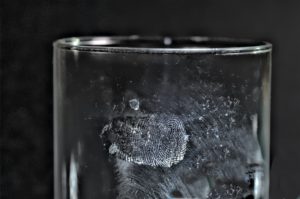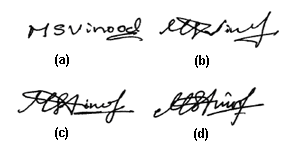For a forensic science company, fingerprint analysis is a key service area. However, getting fingerprints is an art an science by itself. Let us know a little more on the science behind how fingerprints are formed.
By the principle of Locard’s exchange, any surface when touched by any object or subject such as human fingers, it would leave a pattern behind, discernible and seen on smooth surfaces such as Metal, Glass, etc. but to understand why our fingers leave an impression on such surfaces, we need to look into what these impressions are made of.
To begin with, our palm fingers are not smooth in nature and consist of friction ridges that develop during the 6th month of gestation in the mother’s womb and form into grooves and valleys on the tips of our fingers. In these grooves and valleys which looks similar to furrows in a ploughed field which acts as deposit of fine particles and moisture from the secretions from the eccrine and sebaceous glands including sebum, polypeptides (albumin, keratins, dermcidin and cathepsin D) salts of chloride, sodium, potassium, ammonia, calcium, sulphide, magnesium, etc. which are part of objects human handle. As such, when investigators or fingerprint experts develop prints for fingerprint analysis, the chemicals used interact with the aforementioned secretions and fine particles give rise to visible friction ridges.
Now, that we understood how fingerprints are formed out of multiple substances that gets fingerprint deposited on the ridge surfaces, let’s see why they stick to glass. The degree of deposition also depends on the porosity of the surface. The depth of penetration of the deposited compounds is directly proportional to the support porosity of the surface. As the secretions would be absorbed into the porous surfaces to a higher extent, the fingerprint formed on the surface would not be prominent. As glass is a lesser porous surface, the secretions adhere to the surface. Glass is hydrophilic, whereas secretions are amphiphilic and with their hydrophilic properties create hydrogen bongs with the silicate in glass. This leaves behind prominent fingerprints which are then used for verification or analysis.
Thus, impressions of fingerprints are formed invariably on glass surfaces whenever anyone touches, sometimes visible or partially visible or invisible.
Truth Labs has similarly developed and examined fingerprint impressions on metal surfaces (like keys, locks, almihars, utensils, door knobs, etc.), wooden surfaces (like tables, cupboards, doors, etc.), ceramic surfaces (like tiles, wash basins, cups, etc.) and other surfaces (like white board, computer screens, spectacles, pens, car and etc.)



